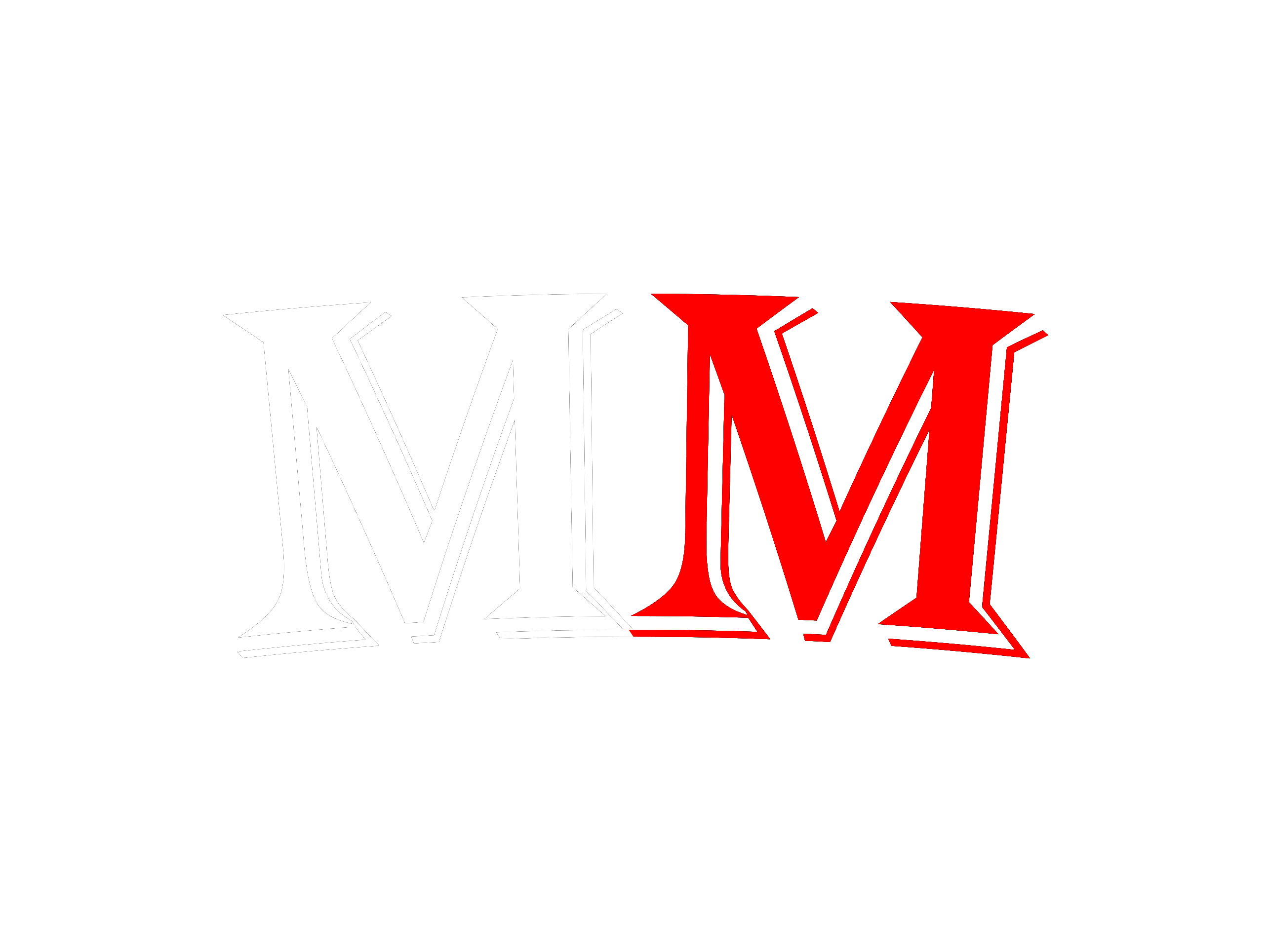Dual reality is a technique where the entire audience watching the mentalism performance assumes they see the same effect. But in reality, different members of the group are going through various experiences.
This technique is used by a lot of mentalists today.
If a mentalist seems to be accomplishing something impossible, chances are they are using dual reality.
Dual reality doesn’t refer to the mentalist knowing something that the audience doesn’t — it refers to the audience itself knowing unequal amounts of information. It’s what causes different audience members to witness separate events.
Now, in this article, we’re going to talk about everything you should know about dual reality mentalism.
So let’s begin!
The Invisible Touch: A Trick Using Dual Reality
To understand dual reality more, let’s talk about one trick that touches on this technique – the invisible touch.
The Set-Up
Preparing Your Device
Get your hands on some invisible elastic bands. This is the device you’ll be using during the trick.
These can be bought online or in magic stores.
Invisible elastic bands are thin and transparent, which makes them difficult to see.
Now, put your hand through the band so that it encircles your palm. Position it in such a way that it’s at the space between your thumb and index finger.
It’s a good idea to practice stretching the band before starting your performance. It gives you a good idea of how far you can draw it out without breaking it.
Preparing the Participants
The Invisible Touch requires two people to complete the illusion. The choice of participants can be completely random — you can ask for volunteers or use seat numbers to select them.
An angle you can work into the act is highlighting an existing bond between two people. You can ask specifically for couples or siblings to be participants if you want to go in this direction.
Once you’ve selected your participants, have them join you on stage (or, if you’re doing this on the street, have them join you at the curb). Ask them to stand apart — about 4 to 5 feet from each other.
Ask one of the participants to close their eyes — it doesn’t matter which one. You can even ask if one wants to volunteer.
If you want to ensure they can’t see anything, have them blindfolded. Let’s call this participant Person A.
Preparing Your Hands
Just before you begin the trick, slip the index finger of your other hand between your palm and the invisible elastic band. Pull your hands 4 to 5 inches apart to stretch the band out.
If you’ve tried stretching the band earlier, this is an easy step since you’re already familiar with how to work with it. If you didn’t, use this opportunity to get comfortable working with the band.
Try not to stretch the elastic too much. If you do, it might snap — there is no way to do this trick without the band, so you can’t lose it before you complete your act.
The Performance
Getting Into Position
Turn your attention to the person whose eyes are closed. Hover your hands over Person A’s face and, once again, confirm if he/she can see anything.
You can wiggle your fingers as an added effect. It will seem like you’re ensuring their inability to see, but in truth, the movement of your fingers acts as a distraction from what you’re doing, which is moving your hands into position.
Make sure you don’t touch Person A, even by accident. It will affect the succeeding steps and, eventually, the outcome of your trick.
The Initial Touch
Make sure the invisible elastic band is stretch appropriately between your hands. Hold your hands on either side of Person A’s face. The goal of this step is to graze a facial feature with the band. Most mentalists choose the nose or the chin for this step since these are easy to reach using the stretched band.
You need to keep three things in mind at this point.
The first is to make sure your movements are fluid. If your actions look unnatural, the audience — or the other participant — will figure out that you’re trying to do something with your hands.
The other thing that will help you out with this bit is your patter. Having a stream of small talk tells the audience what it should see — lines such as “Keep your eyes closed, don’t worry, just relax.” maintains the illusion that you’re not doing anything except making sure Person A cannot see anything and putting him/her at ease.
Lastly, your pacing has to be exact. Doing this step too slow makes the trick obvious. Doing it too fast may cause the elastic to snap, which could hurt Person A — or at least make him/her react in such a way that tells the audience for sure that you’re doing something.
The Second Touch
Turn to the other participant — the one whose eyes are open. Touch his/her face in the same place where you grazed Person A’s face earlier. So if you brushed Person A’s nose, do the same thing to the other person.
What’s important is that it has to be in the same area of the face.
Putting It All Together
Turn your attention back to Person A and ask if they felt anything. Some mentalists opt to have the participant open his/her eyes before asking the question, but if you’re planning to do an encore, you can speak with him/her while his/her eyes are still closed.
When Person A says yes (and he/she will because you did graze his/her nose or chin), ask them where he/she felt the touch. Person A will gesture to the same area where you touched the other participant, completing the illusion.
You can repeat this trick several times in one performance, each time touching a different facial feature. You can even have your participants switch roles — the steps will still be the same.
The Two Realities
Reality #1:The Subjects’ Reality
Both Person A and Person B feel the touches. The main difference is that one of them was grazed by the device while the other was touched or tapped by the mentalist himself.
They also feel the touches at different times, but no one knows that except for you. When you ask, “Did you feel a sensation like someone touched you?”, the person whose eyes are closed will automatically think of what he felt earlier.
You will always get the response you’re looking for as long as you don’t put too much time between steps. Timing is crucial between the moment you graze Person A with the band and when you touch the other participant. You also need to make sure there are no other touches made to Person A.
Reality #2: The Audience’s Reality
From the audience’s point of view, you only touched one participant. The amazement comes from the moment when Person A confirms that he did feel a touch. You take the experience a notch higher when Person A gestures to the same area the audience saw you tap the other participant.
In Conclusion
Tricks that use dual reality as a technique are different from most mentalist tricks. It’s not as dependent on reading body language or microexpressions, but that doesn’t mean that it’s any less mind-boggling.
The Invisible Touch requires you to have more scripted movement, making practicing it all the more important. This is a different area of mentalism, but as long as you put in the time and effort, it’s something that you can master.
So get yourself a couple of invisible elastic bands and start practicing. You can add this to your ever-growing bag of mentalism tricks.

